As you know and have gotten used to, we at MYSA are always thinking about all of your questions and few of you asked us about how to nourish your skin when taking in consideration climate change everyone is talking about.
In this blog post, we will explore the fascinating connection between our skin and the changing climate. Discover the impact of climate change on your skin and uncover the essential steps you can take to maintain a healthy and radiant complexion. Let’s go through all the important factors together.
Contents
Understanding the Effects of Climate Change on our Skin
As our planet experiences shifts in weather patterns and increasing environmental stressors, our skin bears the brunt of these changes. Factors such as rising temperatures, increased UV radiation, pollution, and extreme weather conditions can significantly impact our skin’s health and appearance.
Climate-adaptive skincare refers to adjusting our skincare routine and product choices to meet the specific needs of our skin in response to climate change. By adopting a climate-adaptive approach, we can better protect and nourish our skin while minimizing the effects of environmental stressors.
Hydration and Moisture Balance
In a changing climate, maintaining optimal hydration levels in the skin becomes crucial. Rising temperatures and dry air can lead to increased transepidermal water loss, causing dehydration and skin barrier damage. Incorporating lightweight, hydrating products, such as hyaluronic acid serums and moisturizers, helps replenish moisture and strengthen the skin barrier.
We recommend using FOREO SUPERCHARGED™ HA+PGA Triple-Action Intense Moisturizer which acts like a glass of water for your skin. This luxuriously rich yet fast-absorbing gel cream is clinically proven to increase skin moisture by 40% in just 15 mins. Meticulously formulated as a powerful all-in-one solution to provide long-lasting hydration, improve elasticity, prevent moisture loss, and help strengthen the skin barrier – leaving you with a naturally healthy, youthful glow all day long.

Protection from UV Radiation
With climate change, the ozone layer is depleting, resulting in higher levels of harmful UV radiation reaching the Earth’s surface. Shielding our skin from UV rays becomes paramount to prevent sunburn, premature aging, and an increased risk of skin cancer. Regular use of broad-spectrum sunscreen with a high SPF, along with sun-protective clothing, helps safeguard our skin against UV damage.
Antioxidant-rich Skincare
Environmental pollutants and increased oxidative stress due to climate change can accelerate skin aging and lead to various skin concerns. Antioxidant-rich skincare products, like vitamin C serums and green tea extracts, help combat free radicals and protect our skin from environmental aggressors.
If you’re looking for a more powerful treatment that is still all-natural, then you should definitely try FOREO’s Green Tea activated mask! Soothe and condition stressed skin with one of mother nature’s most potent sources of antioxidants in 20 minutes. Alternatively, pair with UFO™ for a refreshing facial treatment that will gently purify and protect skin, leaving it looking healthy and naturally radiant in just 2 minutes. Green Tea activated mask is designed for all skin types, especially those who are regularly exposed to environmental stressors.
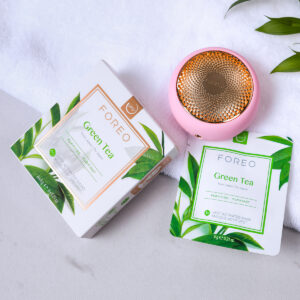
Climate-Specific Skincare Tips:
- Hot and humid climate: Opt for lightweight, oil-free moisturizers and non-comedogenic products that won’t clog pores. Incorporate gentle exfoliation to remove excess oil and prevent breakouts.
- Cold and dry climate: Use richer, emollient moisturizers to combat dryness and reinforce the skin barrier. Consider adding facial oils or occlusive balms to lock in moisture.
- Polluted environment: Double cleanse your skin to effectively remove pollutants and impurities. Look for detoxifying ingredients like activated charcoal or clay to purify the skin.
Nourishment from Within
Remember that skincare goes beyond topical products. Consuming a balanced diet rich in antioxidants, healthy fats, and hydration supports overall skin health. Stay hydrated by drinking an adequate amount of water and incorporate foods like fruits, vegetables, and omega-3 fatty acids into your diet for added skin nourishment.
Dos and Don’ts in Skincare Routine for Climate Change
Dos:
- Do prioritize hydration: Increase your skin’s hydration levels by incorporating hydrating products like moisturizers, serums, and facial mists into your routine. Look for ingredients such as hyaluronic acid and glycerin to attract and retain moisture.
- Do Use Sun Protection: Apply broad-spectrum sunscreen with a high SPF daily, regardless of the weather. Protecting your skin from harmful UV rays helps prevent sunburn, premature aging, and potential skin damage caused by increased UV radiation.
- Do opt for antioxidant-rich products: Choose skincare products containing antioxidants like vitamin C, vitamin E, green tea extract, or resveratrol. Antioxidants help neutralize free radicals caused by environmental stressors and combat the signs of aging.
- Do practice gentle cleansing: Cleanse your skin using a gentle cleanser, preferably one that does not strip away essential oils. Harsh cleansers can disrupt the skin barrier and lead to dryness or irritation, especially in a changing climate.
- Do consider climate-specific adjustments: Adapt your skincare routine to your specific climate. In hot and humid environments, opt for lightweight and oil-free products. In cold and dry climates, use richer moisturizers and incorporate facial oils for added nourishment.
Don’ts:
- Don’t overexfoliate: Avoid excessive exfoliation, as it can cause skin sensitivity and disrupt the skin barrier. Limit exfoliation to once or twice a week, and opt for gentle exfoliants that won’t cause irritation.
- Don’t forget to moisturize: Neglecting moisturization can lead to dryness, tightness, and a compromised skin barrier. Even in humid climates, hydrating the skin is crucial to maintain its balance and integrity.
- Don’t neglect lip protection: Your lips are susceptible to drying out in changing climates. Apply a lip balm with SPF regularly to protect them from UV damage and prevent dryness and chapping.
- Don’t overload on heavy products: In warmer climates, heavy creams and thick emollients may feel uncomfortable and can potentially clog pores. Opt for lightweight, non-comedogenic moisturizers and serums to avoid congestion and breakouts.
- Don’t overlook indoor climate: Indoor heating and air conditioning can also affect your skin. Use a humidifier in dry environments to add moisture to the air and prevent excessive dryness.
While adjusting your skincare routine based on climate change is essential, consulting a dermatologist or skincare professional can provide personalized guidance.
They can assess your skin’s specific needs, recommend suitable products, and address any concerns you may have. Remember, everyone’s skin is unique, so it’s essential to pay attention to how your skin responds to the climate and adjust your skincare routine accordingly. Regularly assess your skin’s needs and make necessary modifications to keep it healthy, hydrated, and protected in the face of climate change.
Remember, skincare is not only about looking good but also feeling confident and healthy in your own skin.
Can you share some of the concerns you have or had with adapting your skin in regards to climate change? What are your experiences? Please share useful advice in the comments section below.







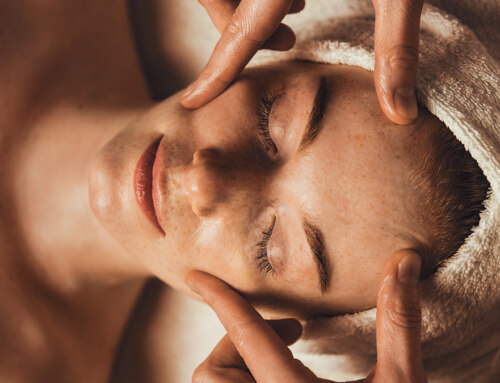

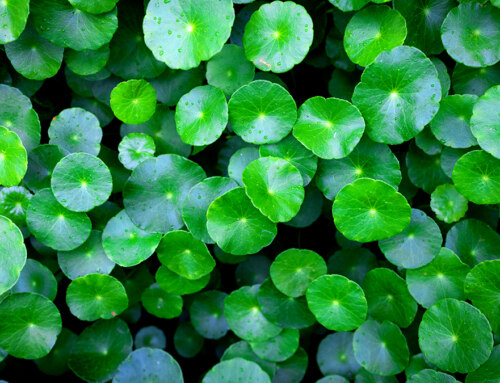
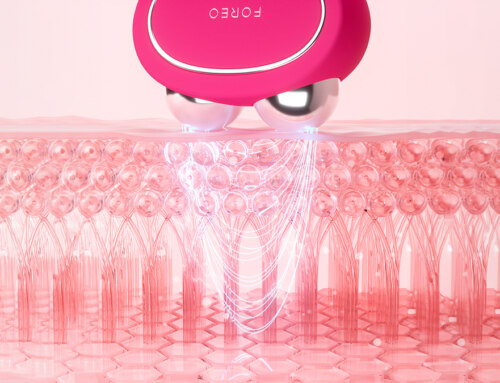



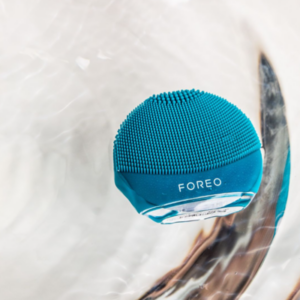

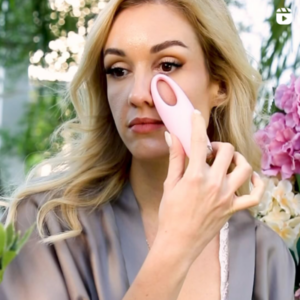
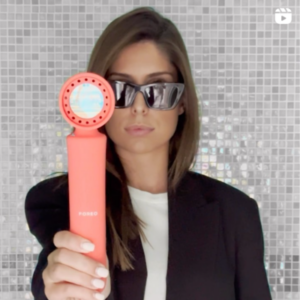
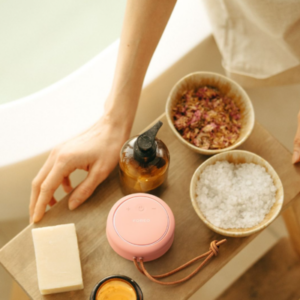


Leave A Comment